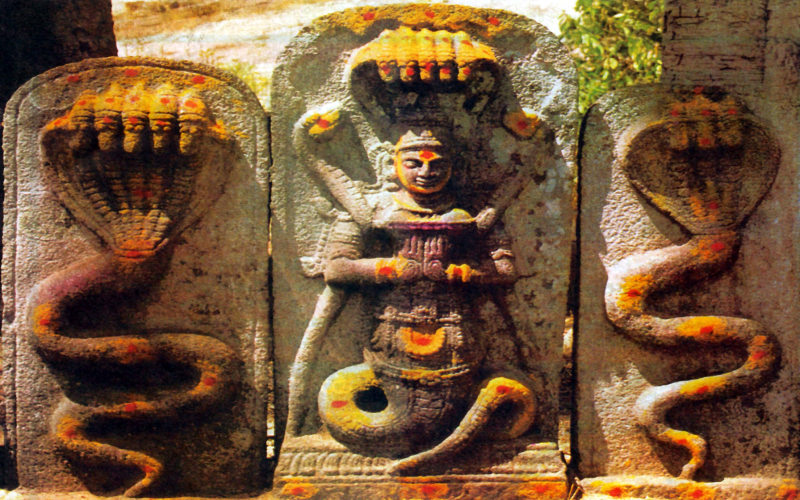
The worship of ‘Nāgā-s’ or Snakes have been a practice or tradition from ancient times. In the month of Āḍi (Āśādaṃ), the ritual of performing various Pūjā-s for different deities begins with Nāga Caturthī.
Janamejaya Mahārāja wanted to avenge his father’s death caused by Takṣaka (a powerful serpent). He performed Yajña to destroy the snake race. Āstika (the son of Snake Goddess, Manasā) saved the life of Takṣaka by convincing the king. This day is celebrated as Nāga Caturthī when the king saved the snake race.
There are numerous popular serpents who had helped the Gods to accomplish the welfare of this entire universe. Like in Amṛta Mandana, the Great Serpent Vāsukī helped Lord Nārāyaṇa (in Kūrma Avatār) to bring forth the nectar (Elixir of Immortality). This was done to establish Dharma and reduce the Adharma. Similarly, Ādiśeṣa who is the bed of Lord Nārāyaṇa was born as Lakṣmaṇa, younger brother of Lord Rāma and was later born as Rāmānuja and Maṇavālamunigal. The ornament in the neck of Lord Śiva is also a popular serpent, Vāsukī and hence he is known as Nagendra Hārā (One who has adorned Himself with a Snake). Lord Ganeśa has a serpent around his stomach. Lord Muruga also has a serpent at his feet.
One shall see a lots of ant hills known as ‘Pāmbu Putthu’ in most of the Devi temples. Women worship these Snakes as ‘Nāgammā' by pouring milk into the Putthu. This common form of Snake worship is believed to remove the Nāga Doṣā (fury of Snake) present in one's horoscope. The Nāga Sarpa Doṣā (All the planets inside Rāhu and Ketu) is removed by performing Śrī Nāga Caturthī Vrata. This Vrata bestows prosperity and takes care of the progeny. Sincere prayers to Nāgā-s will ensure the birth of good children.
In those days, women used to take the things required to perform the Pūjā to the temple where Lord Ganeśa with Nāgā-s are present under the Peepal tree. All the women from the neighbourhood used to gather to perform this Vrata. Even now the tradition continues in many homes.
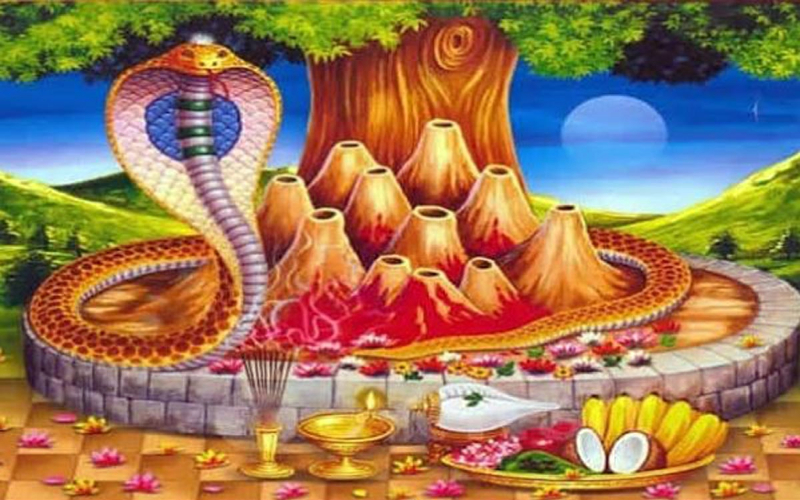
“In our family, my mother-in-law taught me this Vrata and performed it in front of the Tulasi Madaṃ. A day before the Pūjā, the Tulasi Madaṃ was decorated with few Peepal and Neem leaves. She made Putthu using soil and water on a wooden plank. She used to smear Kuṅkuma and Turmeric on this. Small dents were made in nine places and she used to place the stones collected from the banks of holy rivers in those dents. These represented the Snakes. In the centre, she placed an idol of Lord Ganeśa (Either the silver or made out of turmeric) and in front of the idol, a small Kolaṃ was drawn. The Putthu and Ganeśa were decorated with flowers.”
The Prasād was made for Lord Ganeśa and the Nāgā-s. It included Paṅcāmṛtaṃ, a small glass of milk, Chimbli (Sweetmeats made out of White Sesame seeds and Jaggery), sprouted Green Gram, and Black Channa, Pachi Piṇdī (Raw rice powder, milk, jaggery, fruits, and Tāṁbūlaṃ for Ganeśa and Nāgā-s). The Pūjā arrangements also included Dhūpa (Agarbatti), Kaṭṭi Vatthi (Cotton soaked in oil stuck on small sticks), Karpūra Ārtī, Akṣadhā, flowers and Tīrtha Kalaśaṁ.
The person performing the Pūjā should be seated on an Āsana. The Pūjā begins as usual with the sound of the bell, followed by worshipping Lord Ganeśa by chanting, “Śuklāṃbaradharaṁ”. Then comes the Ghalohamanī Sloka, Prāṇāyāma accompanied with Gāyatrī Mantra, Dhyāna Śloka, Ācamana, Saṅkalpa, Tīrtha Kalaśa Pūjā, Vināyaka Ṣoḍaśa Pūjā, Dhūpa, and Ārtī (Eka Ārtī particularly). Naivedya for Lord Ganeśa and the final Ārtī is followed by knocking at the temples of one's head with the knuckles to surrender the mind at the God’s feet.
Nāgā-s who were adorned with flowers are also decorated beautifully using Vastraṃ and Kodi Jañjaṃ (A Cotton strand smeared with turmeric and a small cotton pads smeared with turmeric & Kuṅkuma).
The Pūjā for Nāgā-s include, Aṅga Pūjā, Naga Aṣtottara, Dhūpa, Kaṭṭi Vatthi, Naivedya, and Karpūra Ārtī. The Pradakṣiṇā (Circumambulation) after the Pūjā is as follows, mix a teaspoon of the Paṅcāmṛtaṃ and a small portion of Chimbli into the milk. Take a small quantity of milk in the palm and sprinkle it on the Tulasi, Nāga, and Ganeśa while doing the Pradakṣiṇā.
After performing a Dṛṣti Ārtī, the story of Nāga Caturthī is narrated.
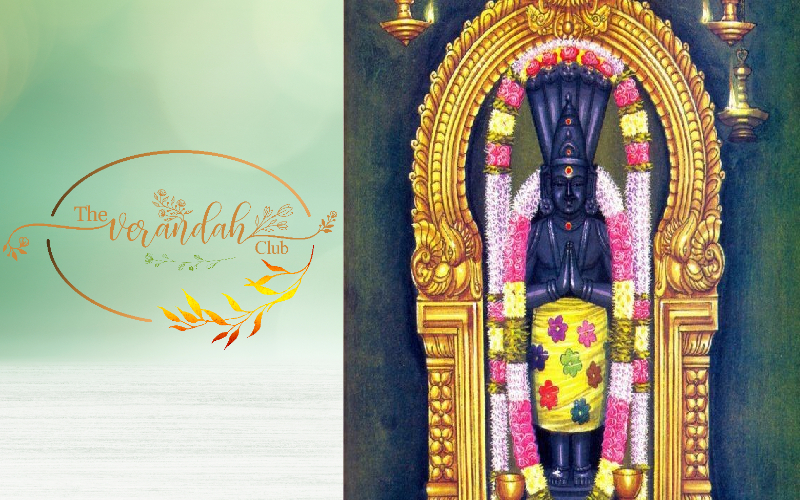
Story of Nāga Caturthī
Distribute Akṣadhā to everyone present in the Pūjā including the narrator. Keeping it in the palm and sitting on an Āsana, one has to narrate this story. The story goes as, in the city of Mathurapuri, there lived a couple named Madhureśvara Raja and Somathulamma. They had 7 sons and a daughter named Annalakṣmī.
Annalakṣmī was a thoroughly spoilt child. She got married and lived with her husband along with the in-laws. She misbehaved and gave arrogant replies to her in-laws. This made her husband and her family very sad. Her family tried to put some sense in her. But her filthy language and venomous replies were never ending.
One day, at her mother’s place, her brothers bought some Sesame seeds and gave the same to their mother, requesting her to make some Chimblis. The next day was supposed to be Nāga Caturthī, disregarding the fact, the mother was ready to make Chimblis. The Nāgā-s became angry and spat the venom into the grinding-mortar. The Mother, in haste, did not wash the mortar before making the sweet. She ground the paste for the sweet and shaped them into balls. She ate and distributed the sweets to all her family members. Unfortunately, everyone passed away in their sleep. This news reached Annalakṣmī.
She wept unbearably and reached a forest to meditate. Goddess Pārvatī with Lord Śiva were passing by the forest and happened to see Annalakṣmī crying. They asked her the reason for her sorrow. She busted into tears and spoke about her tragedy. Mother Pārvatī envisioned the bad nature of the girl and ignorance of Nāga Caturthī Vrata set at her mother’s place. She immediately created a Peepal tree. Lord Ganeśa and Nāgā-s were placed under the tree. She also presented the things needed for the Vrata. She made Annalakṣmī do the Pūjā and sprinkle this Tīrtha on the door of her mother’s house and upon the dead members of the family. Slowly, one after the other got out of their unconscious state and came back to life.
Pooja at the end
NEXT ARTICLE
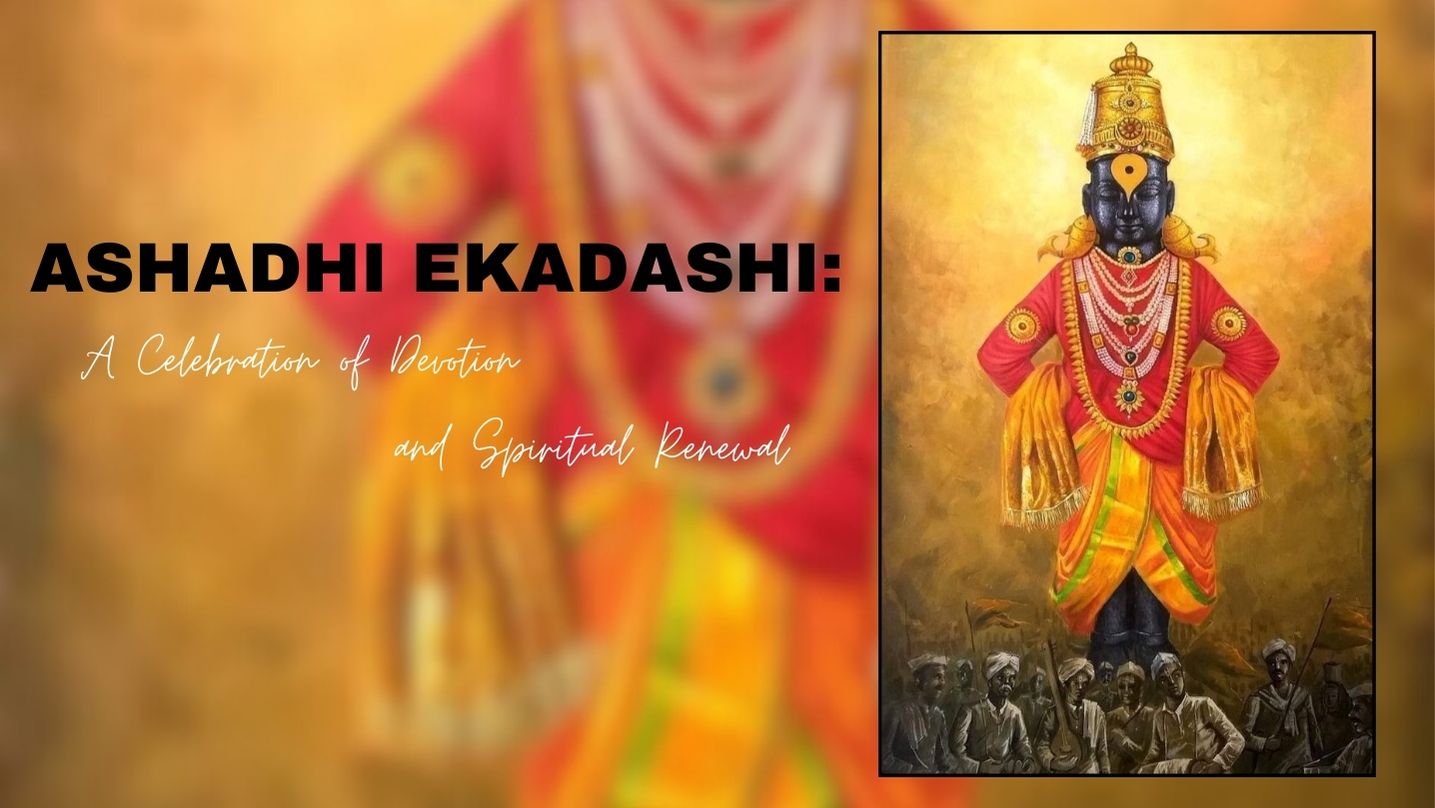
Ashadhi Ekadashi, also known as Shayani Ekadashi, falls on the 11th lunar day (Ekadashi) of the bright fortnight (Shukla Paksha) of the Hindu month of...
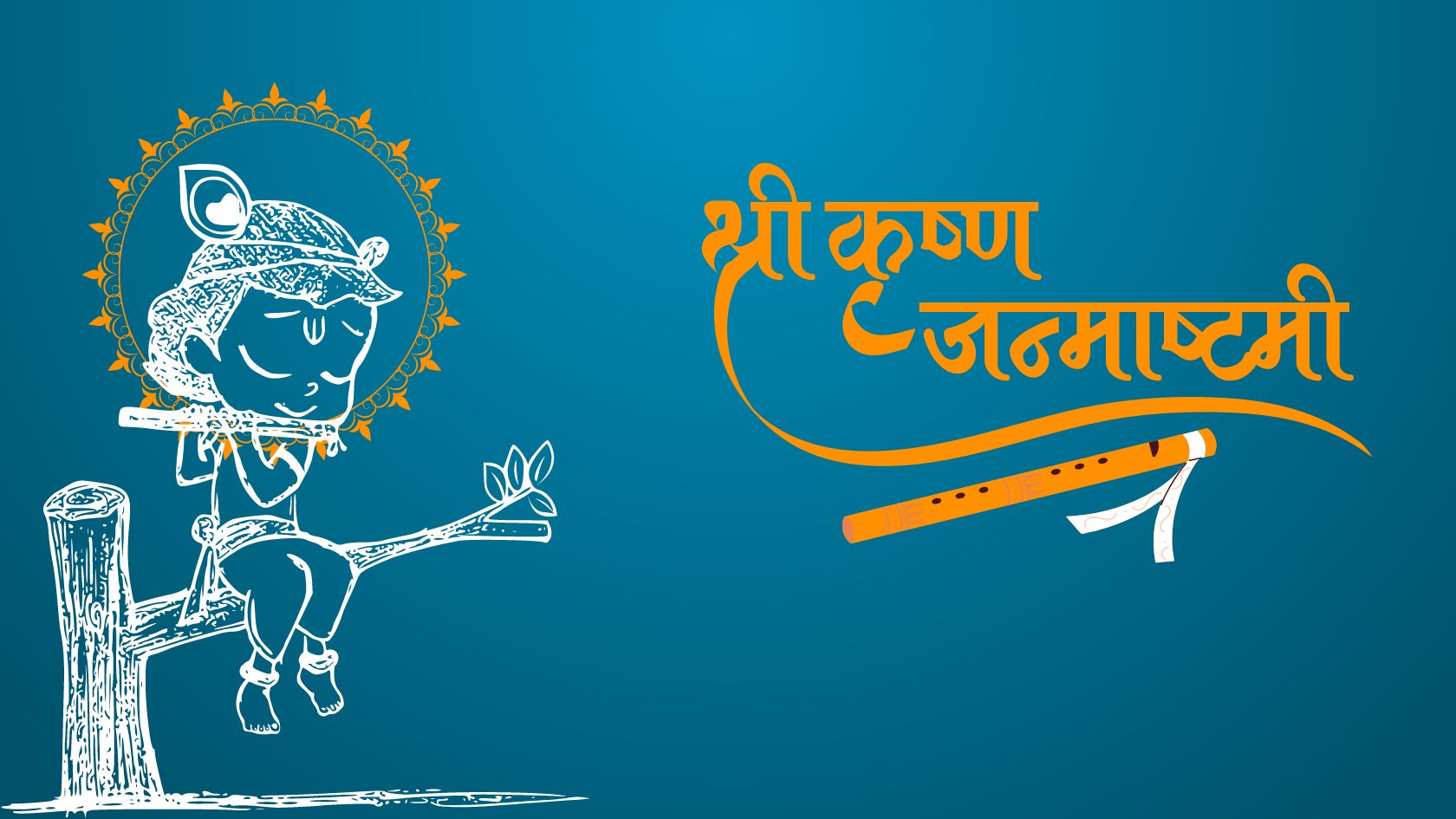
Every year, as the monsoon rains dance on the fields of India, an ancient story unfolds in the hearts of millions. It is the story of Krishna, the bel...
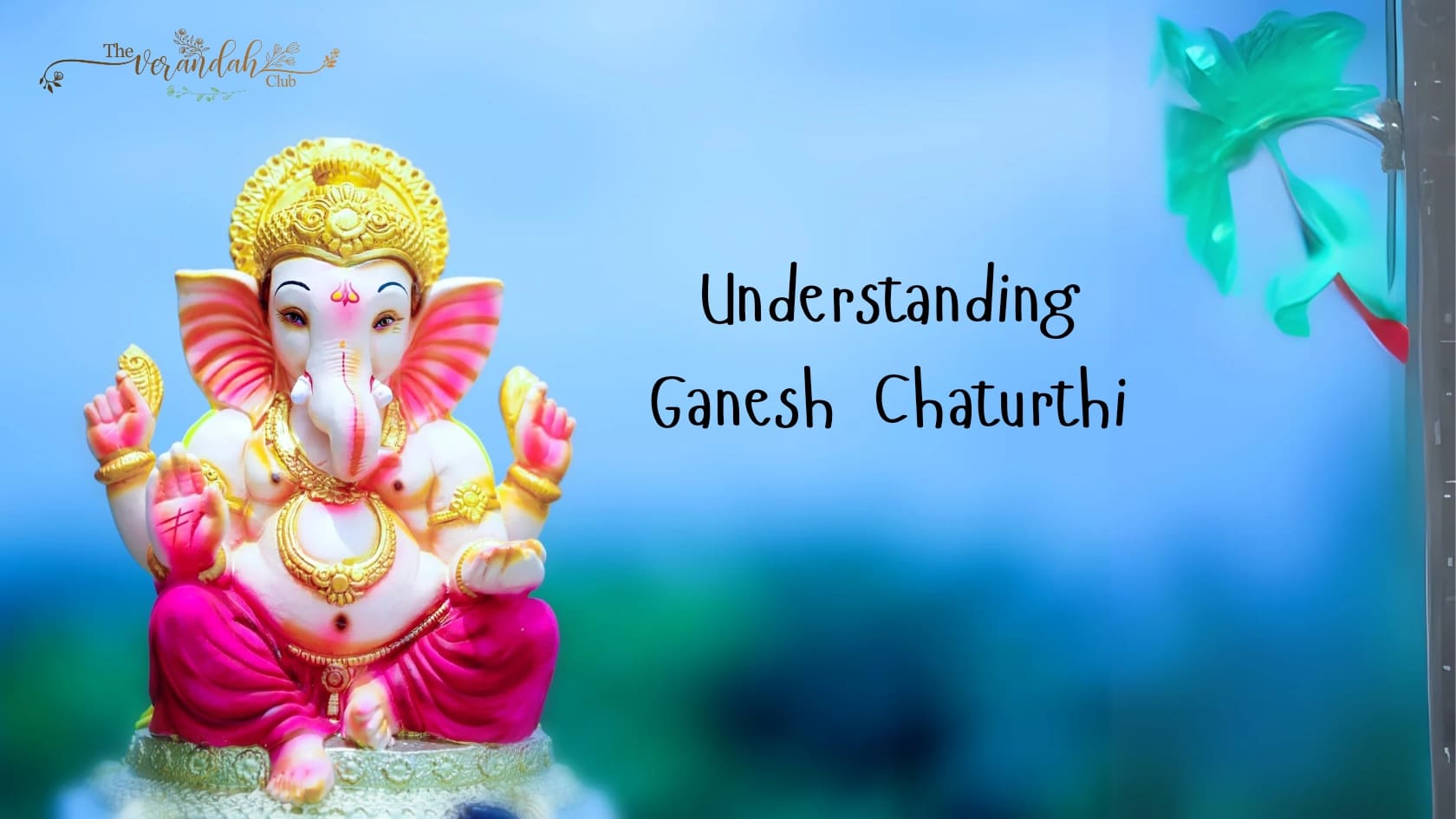
Ganesh Chaturthi, also known as Vinayaka Chaturthi, is a significant Hindu festival that honors Lord Ganesha, the deity revered as the remover of obst...